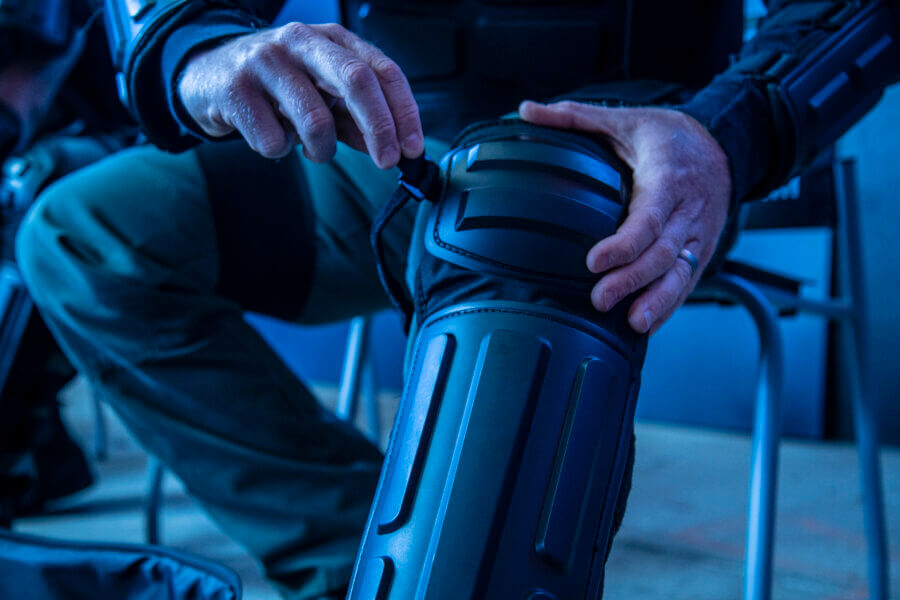
Tactical Riot Gear 101: A Beginner’s Guide to Understanding Tactical Protection for Officers
Keeping law enforcement and correctional officers safe always comes down to proper training and tactical protection. More than 2,000 police officers were injured during the summer riots in 2020. Thrown projectiles, like rocks and bricks, were the most common cause of injuries. Some injuries could have been minimized or avoided entirely with the proper riot gear.
Here’s a closer look at the basic tactical body armor protection you want for your officers.
The Purpose of Riot Gear
The most basic purpose of riot gear is to serve as protective armor to shield your officers from harm during a riot or civil unrest event. Body armor, helmets, and shields are the bare minimum that officers should be equipped with to protect themselves in these situations.
Another purpose of riot gear is psychological. When protesters see your officers decked out in protective gear, they know law enforcement means business. Riot gear signals that officers are ready and willing to respond to force with force. This can be an effective deterrent in convincing protesters that it’s not worth resorting to violence in the first place because their actions will be met with force.
Body Armor
An ideal riot suit protects the officer’s torso, shoulders, arms, and legs. Stab, fire, and blunt force resistance are key elements, as is customization that allows for the addition of ballistic plates. The more types of attacks a suit can protect the officer from, the better.
Civil disturbances can sometimes last for many hours, so lightweight materials are a priority to help prevent fatigue. Integrated systems for hydration and cooling can help prevent officers from succumbing to dehydration. A system of modular lightweight load-carrying equipment (MOLLE) webbing allows for carrying holsters, pouches, and other tactical accessories to adapt to various situations on the ground.
Helmets
When a protest turns into a riot, people in the crowd often begin hurling projectiles at law enforcement. Your officers can’t point their eyes in every direction, so this risk presents a lot of danger to the head, eyes, ears, and neck. The situation worsens after dark when visibility is limited and they can’t see incoming objects.
Riot helmets are critical safety equipment that can protect law enforcement from serious injury. A well-designed helmet can mean the difference between a slight bump on the head and a trip to the emergency room. Helmets with integrated face shields protect from incoming rocks and debris, fluids, and anything else that rioters decide to throw at officers. An integrated neck guard can also protect the back of the officer’s neck and spinal column.
Shields
The shield has been a defensive tool for thousands of years for a straightforward reason: it works. Shields provide a barrier against thrown projectiles and direct physical attacks. They can also be interlocked to form a riot barrier when law enforcement wants to stop or divert a crowd. Riot shields made from transparent polycarbonate provide rugged protection for your officers and enhanced visibility.
Gloves
When a line of officers faces off with an unruly crowd, their hands can be particularly vulnerable to slashing, scratching, or blunt force strikes. A set of Kevlar riot gloves or hard knuckle gloves provides protection, grip, and mobility for the hands and lower wrist.
Premium Riot Gear Armor for Law Enforcement
Those are the basics for keeping law enforcement officers protected from head to toe when dealing with a riot or civil unrest situation. Additional accessories and gear can also be added to allow officers to adapt to a variety of tense situations. Haven Gear specializes in patented riot suits that provide protection and full mobility during crowd control events. Our suits are customizable to meet the needs of your specific law enforcement agency, providing safety and comfort in some of the most dangerous situations they encounter.